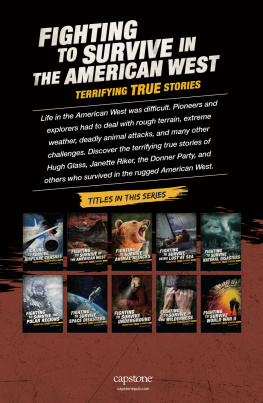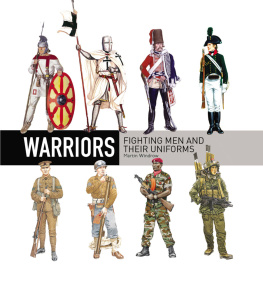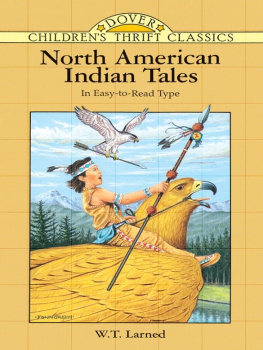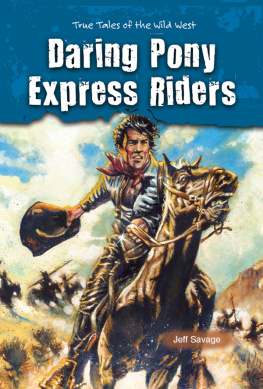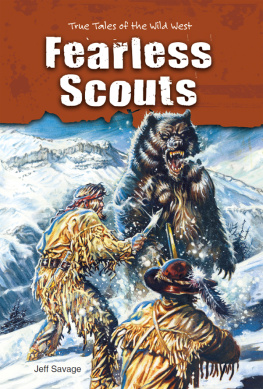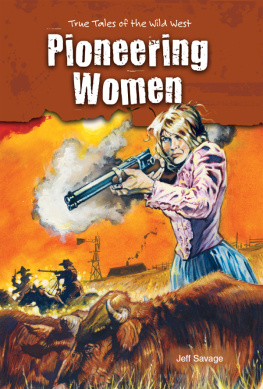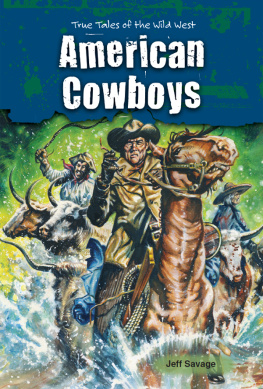
This edition is published by PICKLE PARTNERS PUBLISHINGwww.picklepartnerspublishing.com
To join our mailing list for new titles or for issues with our books picklepublishing@gmail.com
Or on Facebook
Text originally published in 1926 under the same title.
Pickle Partners Publishing 2015, all rights reserved. No part of this publication may be reproduced, stored in a retrieval system or transmitted by any means, electrical, mechanical or otherwise without the written permission of the copyright holder.
Publishers Note
Although in most cases we have retained the Authors original spelling and grammar to authentically reproduce the work of the Author and the original intent of such material, some additional notes and clarifications have been added for the modern readers benefit.
We have also made every effort to include all maps and illustrations of the original edition the limitations of formatting do not allow of including larger maps, we will upload as many of these maps as possible.
THE FRONTIER SERIES
(VOL. 2)
FIGHTING RED CLOUDS WARRIORS: TRUE TALES OF INDIAN DAYS WHEN THE WEST WAS YOUNG
BY
E. A. BRININSTOOL
(Honorary Companion Order of Indian Wars,
Author; Trail Dust of a Maverick,
A Trooper With Custer;
Co-author The Bozeman Trail)
CHIEF RED CLOUD, WHOSE CONSTANT SIEGE OF FORT PHIL KEARNEY COMPELLED THE GOVERNMENT TO ABANDON THE COUNTRY. PHOTO COURTESY CAPT. J. H. COOK, AGATE, NEB.
TABLE OF CONTENTS
Contents
TABLE OF CONTENTS
REQUEST FROM THE PUBLISHER
DEDICATION
To my dear friend, Mrs. Mary E. Graham, now (1926) in her 87th year; the first white woman to settle in northwestern Nebraska; champion of the American Indian; personal friend of that great Sioux chieftain and warrior, RED CLOUD; pioneer woman of distinction; who has encouraged and aided me in the writing of these Western historical sketches, this volume is most affectionately dedicated.
PREFACE
THE winning of the West was no childs play! It was warwar of the most brutal and inhuman type on the part of both Indians and whites. The Indian was fighting for his home, his commissary, his landslands ceded him through solemn treaty with the United States governmentand what man, of any nation (if he is any sort of man) will not fight for home and native land?
The white man fought to advance the cause of civilization, irrespective (in most instances) of the rights of the Indian, and without regard to his future existence. Civilization wonand to civilizations shame, it was at the cost of unnumbered thousands of lives and the shedding of much human blood of both whites and reds.
I am not a believer in the old adage that the only good Indian is a dead Indian. My sympathy is with the red man. The early white traders who trafficked with the Indian were, as a rule, a class of men of little conscience and few scruples, who would stoop to any deceit or trickery to rob the Indian of his furs and pelts. It was the early trader who introduced whiskey among the Indian tribes; who, through fraud and knavery, turned the red man against the whites of whatever class. This was the beginning of the hatred and contempt which made all white men, good or bad, soon look alike to the warring savage.
Unscrupulous Indian agents, tricky post traders, unprincipled government officials at Washington, and a fewa very fewinhuman army officers fed fuel to the flame of contempt which quickly spread through the Indian tribes of the far West. Briefly, the whole, situation can be summed up in these five words: The white man wanted it !
In this volume of the Frontier Series I have written of a few of the most noted battles between the red man and the white man. As in the previous volume, no fiction is employed in these pages. Every incident related actually occurred, and is a part of the history of the old West. Some biographical sketches of noted frontier characters are included. The chapter on the destruction of the buffalo may well make the present-day sportsman pause and reflect.
Acknowledgments are due the following friends for facts and information furnished me in the preparation of some portions of this volume: Capt. Jas. H. Cook, Sergt. Samuel Gibson, Sigmund Shlesinger, Mrs. Olive K. Dixon, Jeff C, Riddle, Jesse Brown, Francis W. Hilton.
Volume 3 of the Frontier Series already is in course of preparation. It will contain accounts of other noted Indian battles, and a comprehensive sketch of that remarkable frontiersman, California Joe.
Other volumes doubtless will be added to the series as historical data in a more correct form than has yet appeared in print, is brought to light through correspondence and research. And there is plenty of room for correction in what has heretofore been written about Indian warfarecorrection long due the Indian, which it is my intention to present in its true light as many untruths are uncovered.
E. A. BRININSTOOL.
Los Angeles, Cal., 1926.
ILLUSTRATIONS
- Chief Red Cloud (Frontispiece)
- Cobblestone Monument on Massacre Hill
- Fort Phil Kearney from an Old Painting
- Marker on Site of Fort Phil Kearney
- Graves of Fetterman Disaster
- General H. B. Carrington
- Portugee Phillips
- Map of Fetterman Fight
- Iron Tablet on Fetterman Monument
- Frederic Claus
- Capt. James W. Powell
- Sergt. Samuel S. Gibson
- Max Littman
- Red Cloud at the Age of 90
- Grave of Red Cloud at Pine Ridge
- Red Cloud and His Wife
- Leader of the Sioux in the Wagon Box Fight
- Old Fort Laramie
- Monument of Cobble Stones
- Captain Frederick Brown
- Building Plan of Fort Phil Kearney
- S. Shlesinger, Youngest of Forsyths Scouts
- Beecher Island Battleground
- John Hurst, one of Forsyths Scouts
- Inscription on Beecher Island Monument
- Another View of the Monument
- Jack Stillwell of Forsyths Scouts
- Grave of Lieut. F. H. Beecher
- Beecher Island Battle Monument
- Site of Beecher Island Battle
- Billy Dixon, Famous Scout and Frontiersman
- Photo of Billy Dixon in 1880
- General Nelson A. Miles
- Captain Jack, Modoc Chief
- Tobey Riddle, Heroine of the Modoc War
- Fort Bridger
- The Bridger Monument
- Major James Bridger
- Calamity Jane
- Deadwood, S. Dak., in 1876
- The American Buffalo
- The Hide Hunter at Work
- Forty Thousand Buffalo Hides
- Where Col. James Bowie Was Killed
- The Alamo, San Antonio, Texas
CHAPTER ITHE TRAGEDY OF FORT PHIL KEARNEY
HOW THE RASHNESS OF CAPT. WM. J. FETTERMAN RESULTED IN THE ANNIHILATION OF HIS ENTIRE COMMAND OF EIGHTY-ONE MEN.
ON the highway between Sheridan and Buffalo, in the present state of Wyoming, and about twenty-three miles southeast of the former city, stands an unpretentious monument about fifteen feet high, built of the rough cobblestones picked up in the immediate vicinity. Across the face of this rugged shaft is fastened a bronze shield bearing the following inscription:



